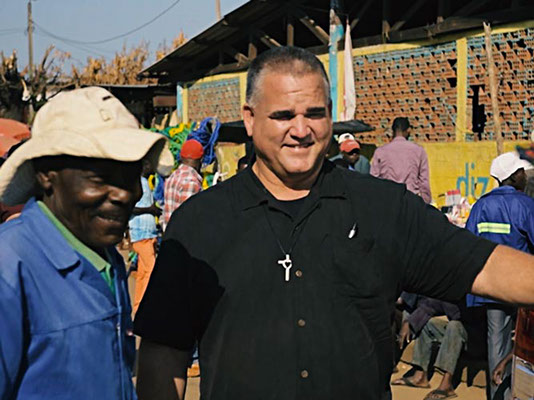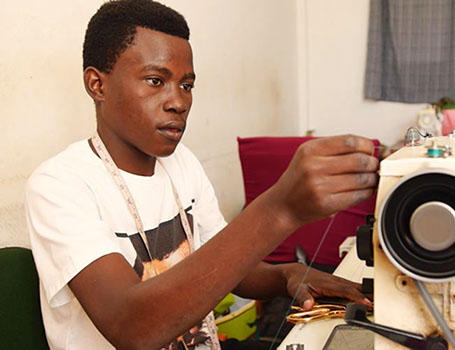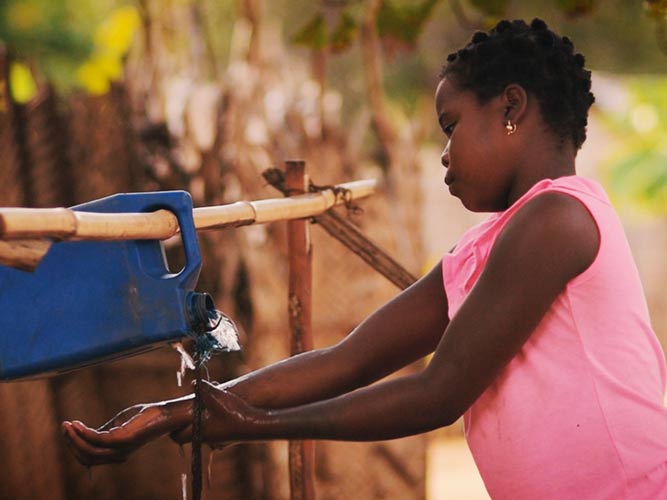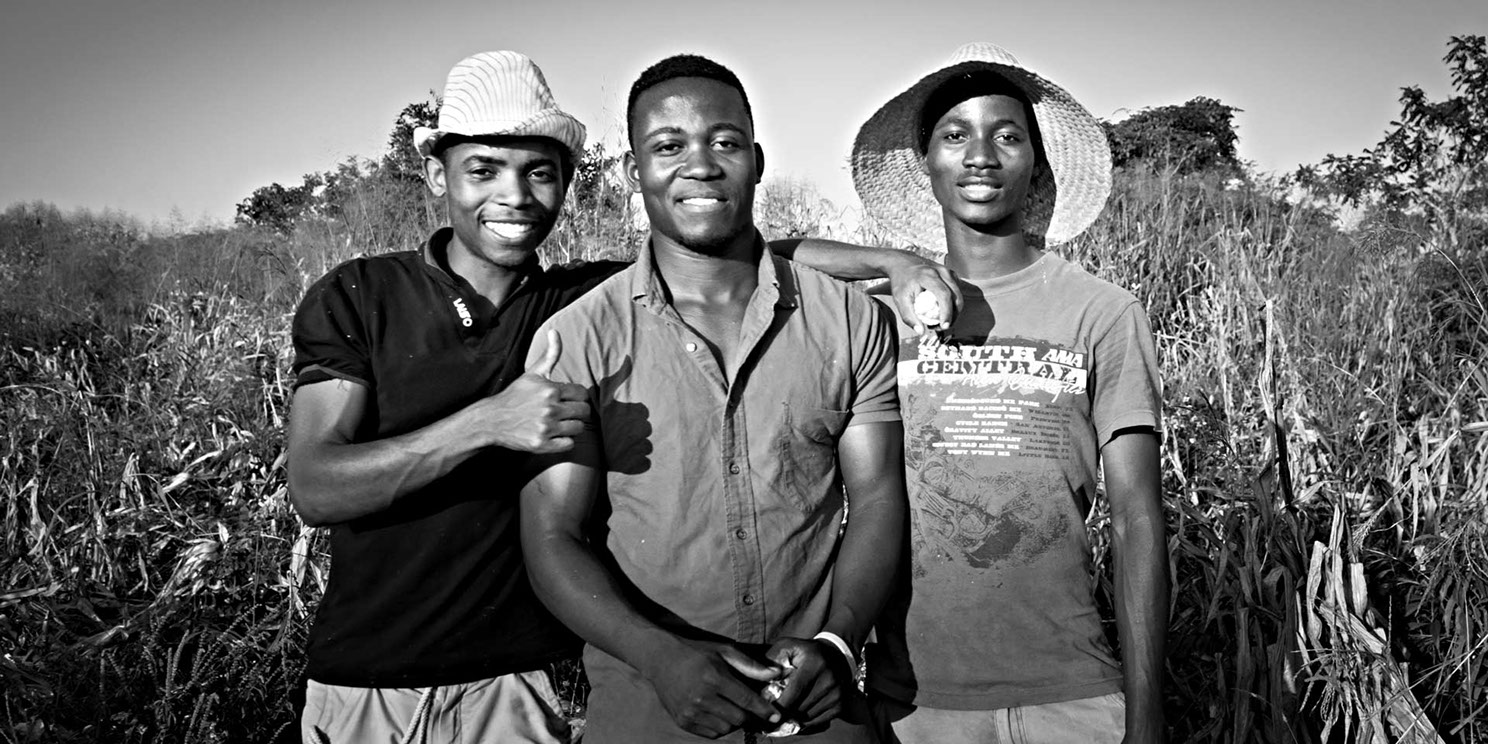Daniel Nuss
Visual Storyteller

I believe to thrive an organisation must ceaselessly tell its story.

My passion is working with entrepreneurs, artists, and
organisations to solve communications challenges to advance their
main purpose.
For 19 years, I have worked with
entrepreneurs, artists, and organisations to solve communication
challenges that further their main purpose. I have collaborated on
communication projects for global development organisations such
as USAID, DFID, IMF, World Bank, PEPFAR, Save the Children,
Habitat for Humanity, and Panagora Group in various sub-Saharan
African and Asian countries.
Previous Clients

Micro Stories and Reels
Like the brush strokes of an impressionist painting, a collection
of Micro Stories or Reels create an overall picture of an
organisation’s impact. I teach a collaborative approach to
developing audience specific stories.

Brother Chris Sweeney
Chris' work and life in Amatongas Mozambique.

Fernando - LANAS Mozambique
How Fernando started working for LANAS.

I am a Hygiene Instructor
Teaching rural Mozambicans the importance of clean water and sanitation.
Services
Training & Mentoring Services
Delivering hands-on or virtual training in Reels Production, and Digital Photography.
Video and Reels Production
Find and produce 30-90 second stories that illustrate the project on a human scale.
Project & Event Photography
Need to document a project or event? I''ve got you covered with all you photography needs!
– Why Story –
The Role and Importance of Story
In 2005 a group of researchers(1) wanted to test what
financial actions participants would take depending on the
communication given. The first communication gave statistics
about food shortages in Africa and the millions in need of
immediate food assistance. The second communication was about
Rokia, a 7-year-old girl from Mali who was desperately poor
and facing starvation.
Those who read the second communication gave twice as much
as the group who read the first communication.
Those who read both communications gave only a
small percentage more than those who read just the first. The
results proved other studies that identifiable victims produce
more sympathy and move people more than statistical
victims(2).
For humanitarian focused organizations this is critical.
Having quantitative data is useful. But, to make people act
you need to connect with them and create empathy.
Stories
connect us with others even though they are not physically
present. Strong stories transport us and give us the
opportunity to emotionally resonate with the characters
involved.
Strong stories, have three things. First,
they engage us quickly and sustain our engagement. Second,
they are told from human scale, meaning they focus primarily
on one character. Third, the main character is unique, needs
to have a strong desire and faces many challenges in achieving
that desire.
(1) Small, Loewenstein, & Slovic (2006) Sympathy and
callousness: The impact of deliberative thought on
donations to identifiable and statistical victims.
Organizational Behavior and Human Decision Processes 102
(2007)
(2) Small, D. A., & Loewenstein, G. (2003). Helping
the victim or helping a victim: Altruism and
identifiability. Journal of Risk and Uncer- tainty, 26(1),
5–16.)